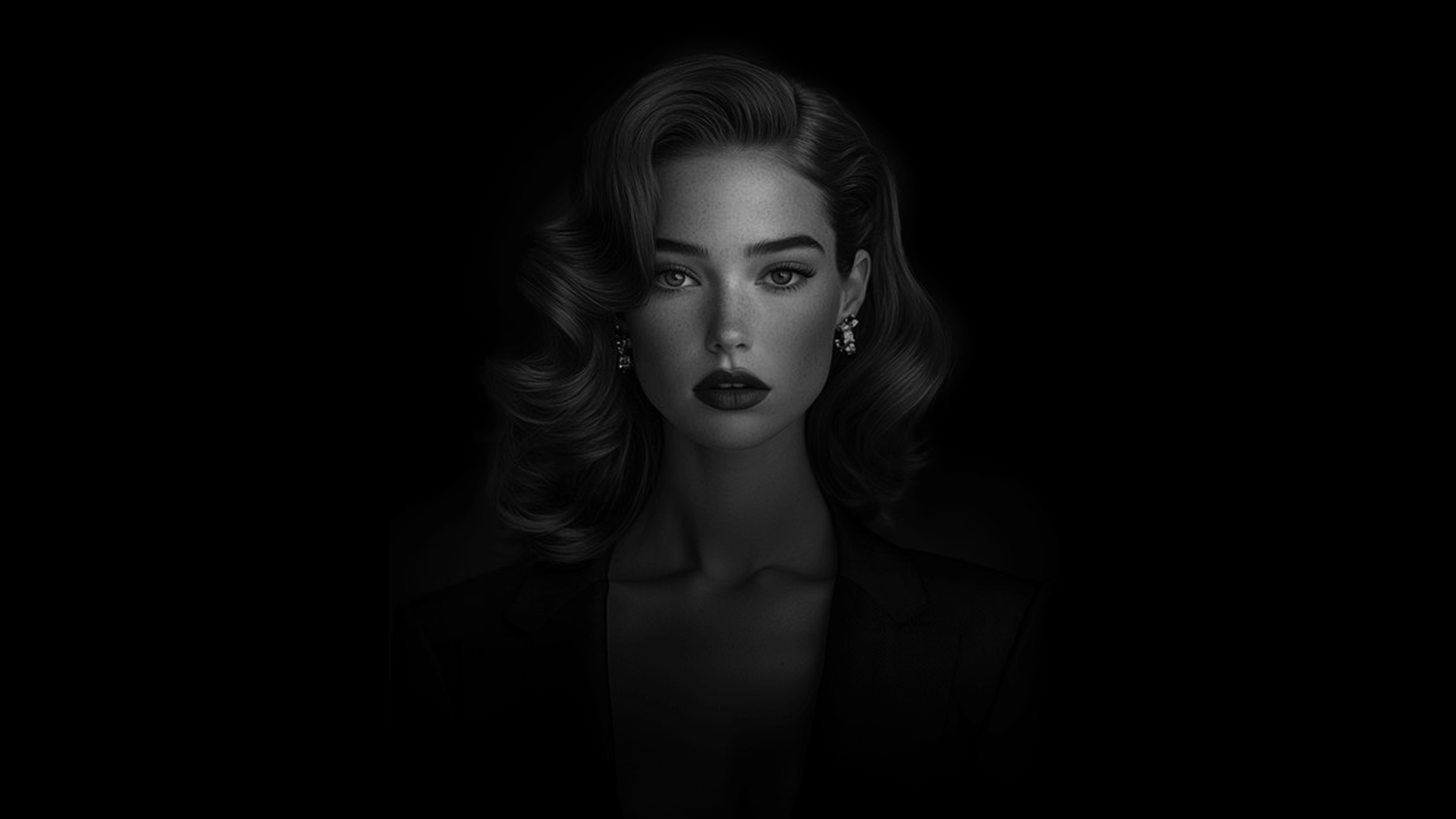
Discover the history of hairspray, from its invention in the 1940s to its rise as a global beauty staple. Learn how it evolved into a versatile product for styling, nourishing, and protecting hair.
Hairspray is one of the most widely used and beloved beauty products around the world. What began as a simple product for hair styling has transformed into a global staple in personal care routines. But how did hairspray go from a basic styling tool to an essential part of every beauty enthusiast’s collection? In this blog, we’ll take a deep dive into the fascinating history of hairspray, exploring how it evolved from its invention to become a beauty industry icon that’s still going strong today.
The invention of hairspray dates back to the 1940s, during a time when advancements in chemical and cosmetic technologies were accelerating. With the introduction of pressurized spray cans, companies sought to create products that could deliver an even, mess-free application to hair, allowing for consistent and long-lasting results. Before hairspray, people relied on mousses, gels, and waxes to style their hair—products that were often uneven and difficult to apply. The introduction of hairspray marked a major shift in hair care, providing a more convenient and effective way to maintain hair’s shape and volume.
By the 1950s, hairspray had made its way into the hands of consumers, and its popularity began to soar. Early hairsprays were often alcohol-based and produced a stiff, hard hold that kept hair in place for hours. This was particularly advantageous in industries like film and television, where hairstyling needed to be maintained under hot studio lights and long shooting hours. Hairspray became synonymous with the glamorous, perfectly styled looks of the 1950s, cementing its place in the beauty rituals of the time.
During this era, many of Hollywood’s leading ladies, such as Marilyn Monroe and Elizabeth Taylor, were frequently seen with their iconic, perfectly styled hair, often achieved with the help of hairspray. This association with the stars of the silver screen only boosted the product's appeal, turning it into a must-have item for those wanting to replicate the same polished looks.
As we entered the 1960s and 1970s, people began to shift away from the heavily styled, stiff hairstyles of the previous decades. There was a growing desire for more natural-looking hairstyles, especially with the rise of the “flower power” movement, where people celebrated individuality and freedom of expression. As a result, hairspray formulas started to change, becoming lighter and less sticky.
In response to these trends, manufacturers began developing hairsprays that provided a more flexible hold, allowing for movement and a more natural finish. These new formulations also began to include moisturizing ingredients and were often free of alcohol, which made them gentler on the hair. The aim was to create a product that not only held hair in place but also nourished it and added shine, aligning with the growing emphasis on healthy, natural beauty.
By the 1980s, hairspray had fully solidified its place in the beauty world as an indispensable styling tool. The 1980s were known for bold, voluminous hairstyles, from big, teased hair to gravity-defying updos. To support these larger-than-life hairstyles, hairspray evolved into a more multifunctional product. It was no longer just about holding hair in place; hairspray now promised volume, texture, and even protection from the elements.
Manufacturers introduced hairsprays with added benefits, such as UV protection and anti-humidity formulas. Some hairsprays were even designed to protect hair from the damage caused by heat styling tools like curling irons and straighteners. This was a turning point in the evolution of hairspray, as it became a product that offered more than just styling—it became a tool for maintaining hair health, even under challenging conditions.
As the beauty industry continued to innovate throughout the 1990s and 2000s, hairspray followed suit. The introduction of new technologies and ingredients allowed hairsprays to evolve into more advanced products that catered to a variety of needs. Hairsprays in this era were often infused with vitamins, protein-rich ingredients like silk proteins, and natural oils to nourish and protect the hair while providing hold.
Moreover, the demand for multifunctional products grew. Consumers wanted convenience, and hairsprays became all-in-one solutions that could provide hold, shine, volume, and protection—all in a single bottle. This era also saw the rise of hairsprays designed for different hair types and concerns, such as anti-frizz sprays, color-protecting formulas, and sprays for curly hair. The versatility of hairspray was now fully realized, and it was clear that this product had become a true essential in the beauty world.
Today, hairspray is one of the most popular and widely used products in the beauty industry. From professional hairstylists to everyday consumers, hairspray is a must-have in countless beauty routines around the globe. Its ability to provide long-lasting hold, protect against humidity, and offer shine has solidified its place as a beauty essential.
The hairspray market has also become more diverse, with products available for every hair type, style, and concern. Whether you have straight, curly, or wavy hair, there is a hairspray out there that can cater to your unique needs. The evolution of hairspray has seen it transform from a simple product for holding hair in place into a multifunctional tool that not only styles but also nourishes and protects.
The history of hairspray is a testament to how a simple beauty product can evolve and adapt over time to meet the changing needs of consumers. From its invention in the 1940s to its current status as a global beauty staple, hairspray has proven to be much more than just a styling product—it’s a symbol of innovation, versatility, and beauty. With continuous advancements in technology and formulation, hairspray remains a go-to product for people around the world, and it's likely to continue evolving for many years to come.